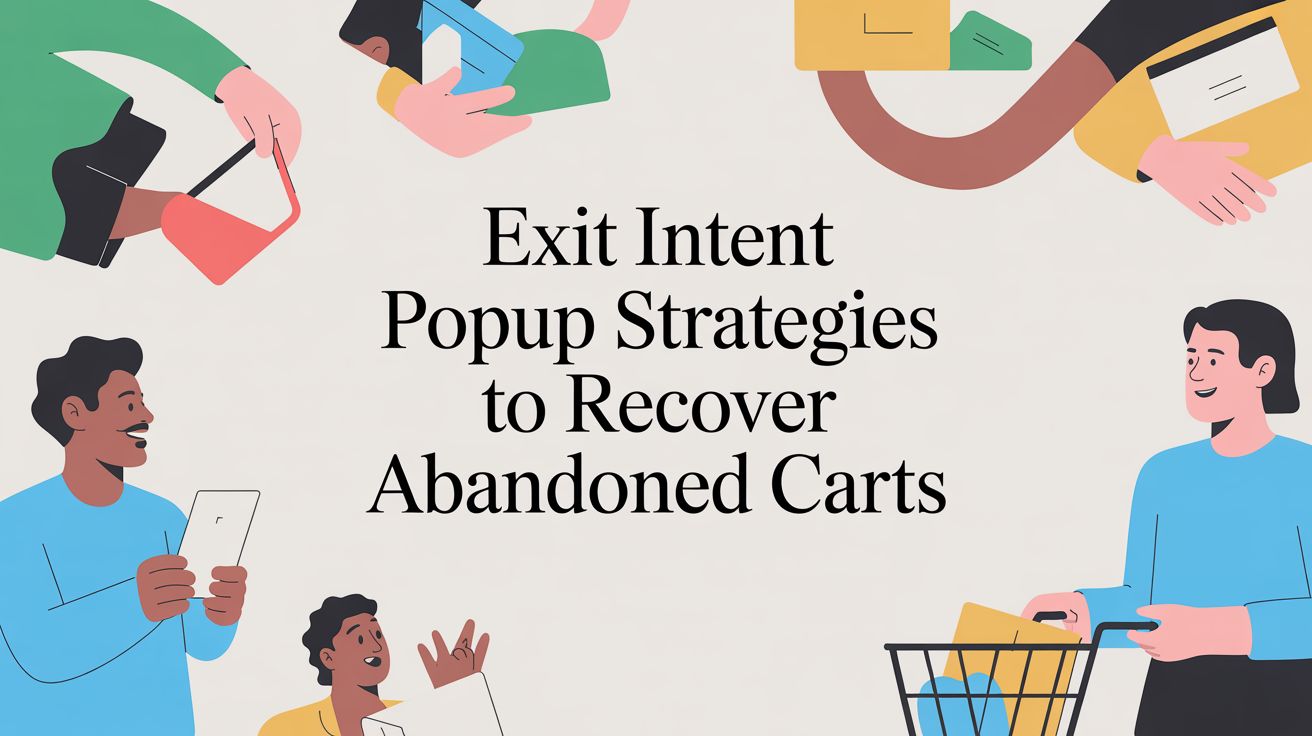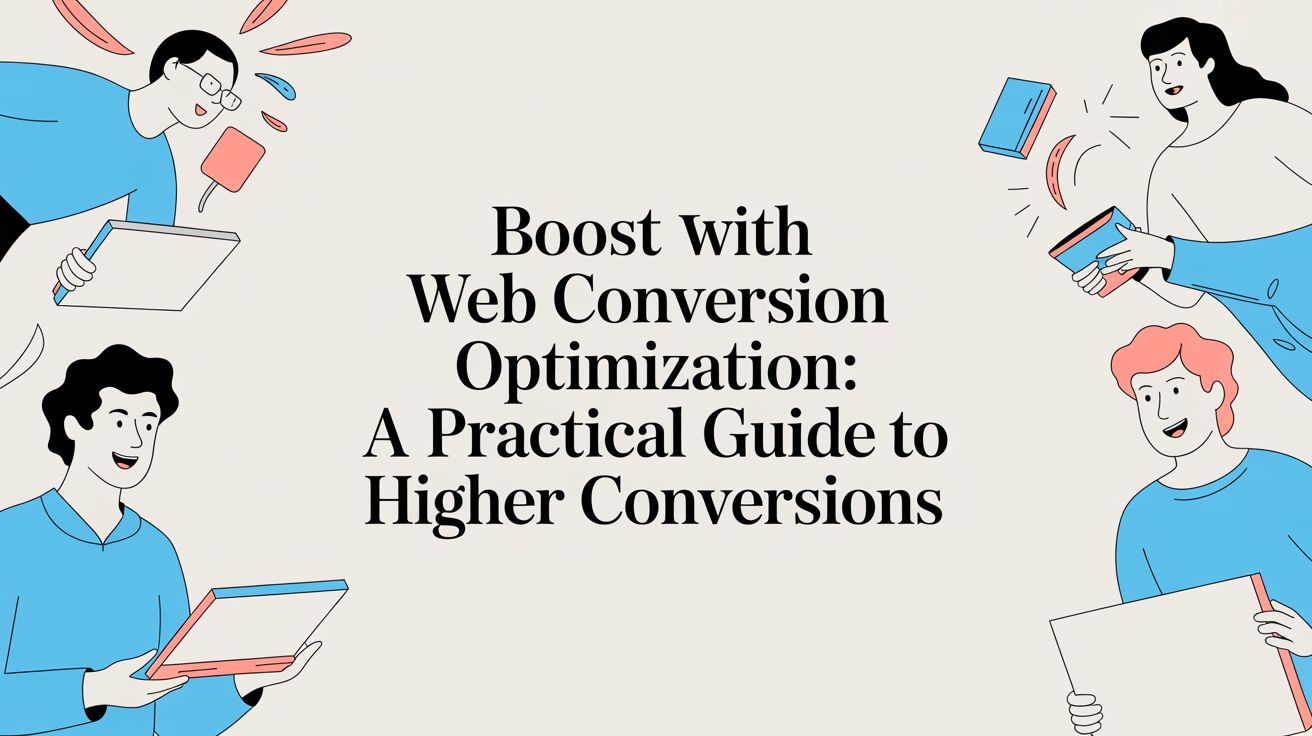
How consumer trends work and when to jump on them (Plus: 3 current trends)

When you’re trying to get a consumer’s attention, it might be a good idea to look at what’s already catching their eye.
Trends come and go, but that doesn’t mean they’re worth ignoring. In many ways, trends give great insight into the current wants, needs and consumption patterns of the public. And when you’re a B2C brand hoping to connect with consumers, no information is more valuable.
We recently spoke with Dara Busch, CEO of 5WPR, a full-service PR agency servicing clients in both B2C and B2B marketing. We discussed consumer-spending culture, the biggest influences behind buying behaviors and current trends.
Here’s what we learned:
How trends work
There’s a lot of great content on the market, but everything doesn’t pick up steam, let alone go viral. However, there are the lone few that are especially attractive to the point of becoming a trend. While there isn’t a special formula that produces identical results for every trend, you can count on a few consistent characteristics.
“Trends take shape as consumers find an action, idea, product, experience, etc. appealing and want to be a part of it. They are born from innovation, grow as consumers discover the trend and want to be included, and fade as consumers shift their attention to something new and exciting — the next trend. Consumer trends can be unpredictable and change over time, but a good marketer will follow how trends are evolving and should be able to forecast the direction they are heading,” Busch said.
It can be tricky trying to make a trend work for your brand. Everyone wants to stay current, which means you’ll often be met with competitors using the trend and consumers who are ready to move on to the next thing. However, that shouldn’t deter you from taking advantage of popular topics.
“While trends may seem limiting to marketers looking to stand out creatively, they actually help marketers break through the noise by setting boundaries around campaigns. Instead of working on a marketing plan that might miss the mark, trends have already provided you with parameters that will resonate with your target consumers.”
When to jump on them
Once a trend has been established, it’s up to you to figure out what to do with it. Not every trend will be the best fit for your brand and the ones that are will have to be used strategically and creatively if you want them to mesh well with your audience.
“While it can be tempting to hop on a viral trend, it’s still important to stay true to your brand values. If you think a trend is a good fit, find an interesting way to authentically adapt it to your brand. Keep an eye on trends to make sure that they’re not a flash in the pan, or a fad rather than a trend, while being nimble enough to adjust your marketing plan as needed to stay relevant. It doesn’t pay to be the last one on board a dying trend. Make sure you’re investing your time and money on a trend that is going to grow and evolve,” said Busch.
The work isn’t over after you’ve picked the trend(s) you want to leverage in your marketing campaigns. You’ll still want to ensure that those trends are going over well with your customers.
“Data and analytics make it easier than ever to track how a campaign is resonating. Whether through social engagement or sales results, everything can be analyzed in real time. Brands should rely heavily on research and analytics to assess campaign success over time and should be ready to pivot when needed,” said Busch.
1. Aligning with values
Trends are often thought of as an external factor shaping human behavior: a funny video, a catchy saying, a popular dance. But modern-day consumers are showing that trends can also take place internally, starting with one’s values.
“Digital and social media are connecting consumers with brands and other consumers unlike ever before. Consumers are not only much more informed, but they demand much more information, and have access at their fingertips to dig into what a brand stands for, who they donate to, the causes they support and the values they hold before purchasing," said Busch.
“Because of this level of transparency and communication, consumers expect more from the brands that they spend with and are able to make more educated decisions and find and support brands that align with their values.”
2. Holistic shopping
Brands must meet higher expectations than ever, and to be successful and compete with other brands, they need to offer both exciting in-store experiences and online sales support, quick shipping, quality products and impressive corporate social responsibility.
“It’s a tall order, but as we know, consumers don’t need to make as many sacrifices as they used to and will search for a brand that checks all their boxes. Omni-channel marketing is vital in today’s landscape — brands need to be out there sharing what they are doing in store, how easy it is to shop online, what perks they are offering to in-store and e-commerce customers, how they’re supporting charities, and they need to be talking about it in traditional media, digital media, on social...everywhere their customer is spending time,” said Busch.
3. Convenience
One value consumers hold close to their heart is convenience. Consumers appreciate a seamless experience that empowers them to easily complete a task. From a psychological perspective, consumers like simplicity because it makes them feel good and helps them avoid having to ask another brand to fulfill their needs.
“Our 2022 Consumer Culture Report revealed some interesting statistics when it comes to retail and convenience. Sixty-one percent of consumers agree they are more likely to shop from an e-commerce store offering same-day shipping. However, over half (52 percent) of consumers prefer to find new products in-store versus online, and the top-three elements that inspire consumers to want to shop in-store are in-store experiences (47 percent), sales staff support and advice (23 percent) and viewing it as an activity shared with friends (21 percent),” said Busch.
Being top of mind with consumers is much easier if you align with the concepts they care about. Trending topics are a clear indication of what matters to your customers. Match with those and you’re one step closer to meeting your marketing goals.

Lindsay Keener is a brand journalist for Quikly. She covers stories that help to inform and educate consumer-facing marketers.
